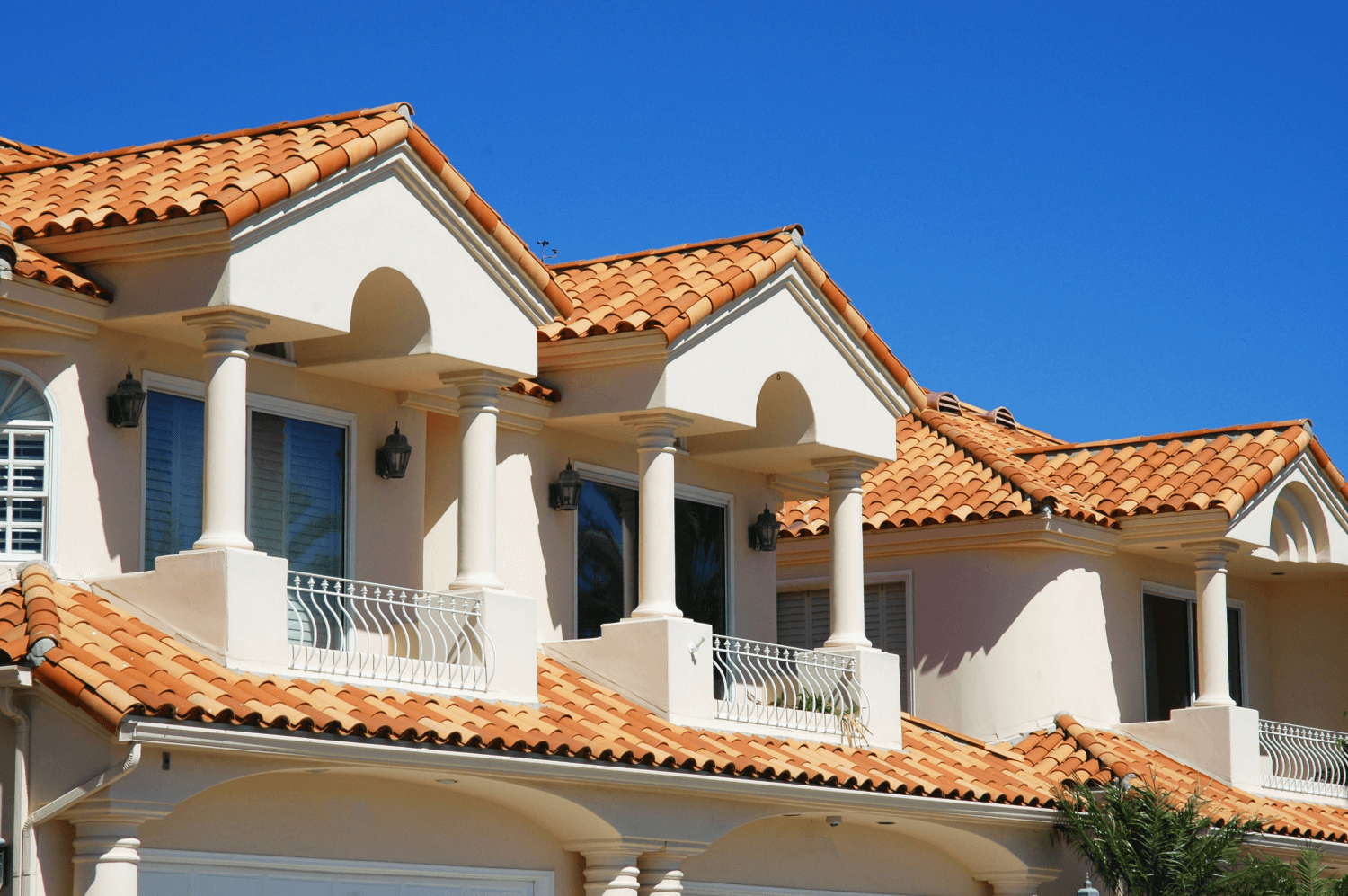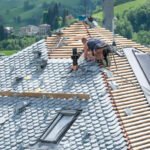Meyers Roofing Company: Your 2024 Ultimate Roofing Buying Guide for Homeowners
Roof installations remain one of the most costly home improvements. All over the U.S., homeowners use asphalt shingles to roof and re-roof homes—the most common type of residential roofing material. Asphalt shingles are durable, inexpensive, and easy to install. Other common roof materials include tile, metal, wood, and slate. Make sure to check for signs of roof damage regularly to prevent costly issues. If a roof is damaged, determine whether simple spot repairs are needed before opting for a complete reinstallation.
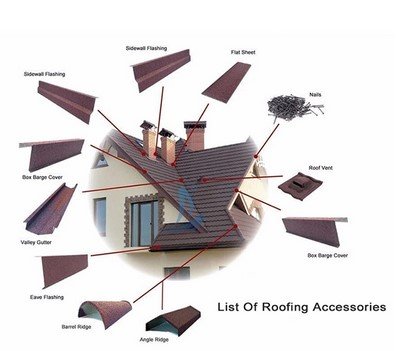
How Do I Know When I Need a New Roof?
It’s important to conduct regular visual inspections of a roof to look for signs of damage. Natural disasters like tornadoes, earthquakes, or fires are obvious indicators of roof damage, but more common signs may be ceiling stains or drips, signs of wear like cracked or missing shingles, rust spots, moss or lichen growth, discoloration, or peeling paint under eaves.
Asphalt shingles are made up of granules that tend to disintegrate over time. Granules found in a house’s gutters may be a sign that the shingles are breaking down and need to be replaced.
If a ceiling has a leak spot, homeowners can determine the source of the leak if the home has an unfinished attic or pitched roof that’s accessible. Remedies for simple leaks include filling a crack with caulk, replacing a few shingles, or installing flashing to redirect water away from the home. It’s often easier to call a professional to find the source of a leak and determine the next steps, especially when leaks occur in a home without an unfinished attic or above-ceiling crawl space.
Even without obvious signs of damage, if a roof is more than 20 years old or out of warranty, then it may be time for the roof to be replaced by a professional roofer. Proactively replacing a roof will help prevent major damage to the roof structure and other parts of the house later on.
Types of Roofs
There are several types of roofs that suit different needs, costs, climates, and labor. Read on to find an option that works best for you.
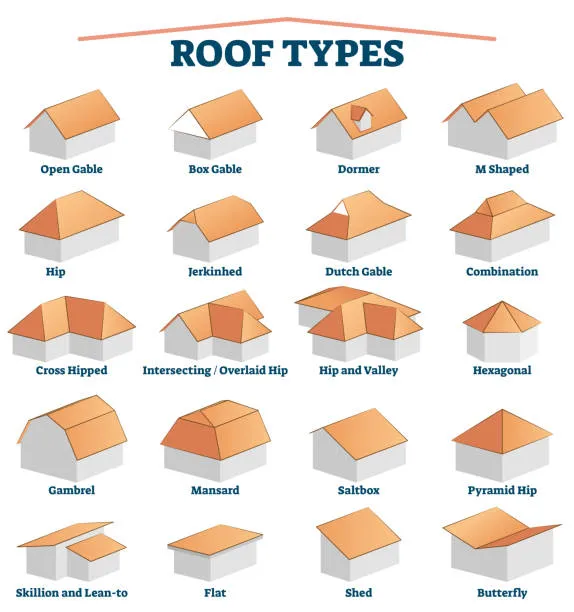
Asphalt Shingles
Asphalt shingles remain the most popular type of roof material. According to the Asphalt Roofing Manufacturers Association, asphalt shingles make up the roofs of four out of five homes across the U.S. Their durability, inexpensive cost, and ease of installation mean low labor costs when hiring professional contractors. Asphalt shingles are made up of fiberglass, asphalt, and ceramic granules. Lightweight and available in a variety of colors, shingles are also waterproof and provide decent insulation.
Not only do asphalt shingles require little to no maintenance, but they also perform well in extreme temperatures where heavy winds, rain, and ice are frequent. There is a range of textured and architectural styles that allow homeowners to achieve nearly any desired look at an economical price. On average, asphalt shingles last for 20 years, but warm humid climates may reduce the lifespan to as low as 10 years. Amateur DIYers can learn to install shingles themselves if the roof isn’t too steep.
Slate
Slate roofs are commonly found in the Northeast where hundred-year-old Gothic and Victorian-style houses are the norm. Colors include dark grey, green, and red. Slate is virtually indestructible and can last for up to 100 years, even with extreme weather. Slate roofs are often considered a deluxe option for homeowners because the material is expensive and heavy.
Common roofing professionals are not equipped to handle slate roofing jobs. Specialized masons are usually the only qualified professionals who can install slate properly. We do not recommend DIYers attempt a slate roofing install or repair.
Tiles
Tiles are a durable option for homes in Florida and the Southwest. They reflect heat and resemble Mediterranean or Spanish-style architecture. Tiles can be difficult and laborious to install, so hiring a professional is recommended. There are two types of tiles commonly used in U.S. homes: clay and concrete.
Clay tiles usually have a barrel shape and are reddish-brown in color. Because tiles are durable but heavy, the roof structure should be evaluated before making a switch to clay tiles. Clay tiles can last for up to 75 years, but chipping or breaking from pressure is a common concern.
Concrete tiles are strong, fireproof, insect-proof, and resistant to hail damage. Although more costly than asphalt shingles, concrete tiles can resemble more expensive barrel-style clay tiles, slate roofs, or wood shakes at a fraction of the cost. The roof structure should be evaluated before switching to concrete tiles because they are heavy.
Metal
Metal roofs are often made up of long strips, panels, or tiles. Common types include steel, aluminum, copper, and alloy. They can be found across the U.S. in different climates. Depending on the skill of the roofer, metal roofs can last much longer than asphalt shingles (up to 50 years, generally). They often have ridges or textured surfaces that offer more variety for style. Factory paint finishes can also improve the overall look of a home by using different colors and combinations.
Metal roofs are strong, lightweight, resistant to rot, fireproof, and recyclable. They are effective in reflecting sunlight which makes them a viable option for homes in warm climates. However, metal roofs can be slick, especially in cold climates where it frequently snows. Snow guards installed to the edges of a roof are recommended to prevent heavy snow from falling to the ground and injuring passersby.
If there is no risk of injuring passersby, metal roofs’ smooth surfacing may be of considerable benefit when clearing snow from roofs. Metal panels can also be loud when it rains or hails. This can make cheaper metal prone to denting, but textured surfaces can help mask the appearance of dents, and higher quality metals shouldn’t dent easily.
Hiring a professional roofer is recommended to ensure the effectiveness and longevity of metal roofs, as well as evaluate the quality of product purchased.
Wood Shingles and Shakes
Wood shingles or shakes are premium materials that offer a traditional, natural look. They tend to turn a soft gray over time, which makes a home have a subtle rustic look. Wood shingles or shakes are not recommended for amateur DIYers. It’s also imperative to review local regulations to ensure that wood shingles are allowed. Some parts of the U.S. do not allow wooden roofs because they can be a fire hazard. When done right, wood shingles or shakes can last for up to 50 years.
Rubber Composite Shingles
Rubber composite shingles are an effective alternative to asphalt shingles. They are made from a blend of plastic and recycled rubber, making rubber shingles an environmentally-friendly option. They resemble slate and wood shakes which make them an affordable material with an attractive style. Rubber shingles are tough, durable, resistant to rot and insects, and can last for up to 50 years.

Popular Roof Styles
Whether a homeowner’s roof has a gabled, hip, or flat roof style, asphalt shingles offer homeowners the opportunity to achieve a sophisticated look at a fraction of the cost. Standard 3-tab shingles allow a homeowner to create a textured look depending on the number, shape, and alignment of the strips.
Architectural shingles can add a layer of depth that makes a roof look custom-made with non-repeating patterns. Interlocking shingles are fastened to each other, which can improve wind resistance in an extreme climate. Most types of shingles also come in a variety of colors. The potential designs are nearly endless depending on the homeowner’s desired look and the skill of a hired contractor.
Remember that the steeper the slope of the roof, the more visible it will be from the ground. Consult with a professional roofer to determine which type of design will best suit your home.
Roofing Shopping Tips
Homeowners should shop for the best roofing material and find the most reliable contractor to install it. The first step in the shopping process is to determine which type of material is desired and then shop around for different manufacturers. Estimate and compare the cost from each manufacturer before making a purchase. Many contractors will provide recommendations, though beware, many contractors likely receive sales commissions.
How to Estimate Cost
Manufacturers price roof materials by the square (a square is equal to 100 square feet). To estimate the cost, measure roof sections in feet, then multiply the length and width together to get the area in square feet. Sum up the areas, if measuring multiple sections, and add about 10% of the square footage to the total area to account for potential waste during installation. Divide the total by 100 to determine how many material squares are likely needed.
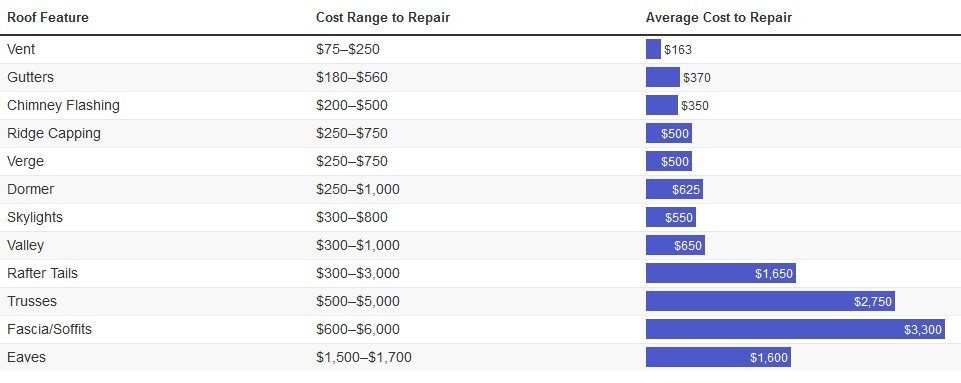
Materials are often sold in bundles, which means it’s important to look at how many square feet each bundle can cover. Consider buying extra material to have on hand in case of future damage. Within a 20- to 50-year lifespan, manufacturers may stop producing a specific material and having extra bundles on hand will make it much easier to perform spot treatments over time.
Get Bids From More Than One Contractor
Installation costs can vary based on the roof style, the amount of labor involved, and the roofing materials. Check the manufacturer’s website to see which contractors they recommend. Homeowner insurance policies may also have a list of certified contractors located in your area. Look for a contractor who has at least a few years of experience and a decent reputation. Get local references and ask for local or state licenses to make sure they are accredited.

When asking for bids, ask for a cost breakdown that includes labor, materials, warranty options, any extras they can bring to the table, and a contingency budget in case there are unexpected issues. We recommend soliciting bids from at least three contractors before signing any agreement to conduct work.

By choosing Meyers Roofing Company for your roofing needs, you ensure the continued protection and beauty of your home while making a sustainable and cost-effective choice. Let us help you preserve the longevity and integrity of your roof.









